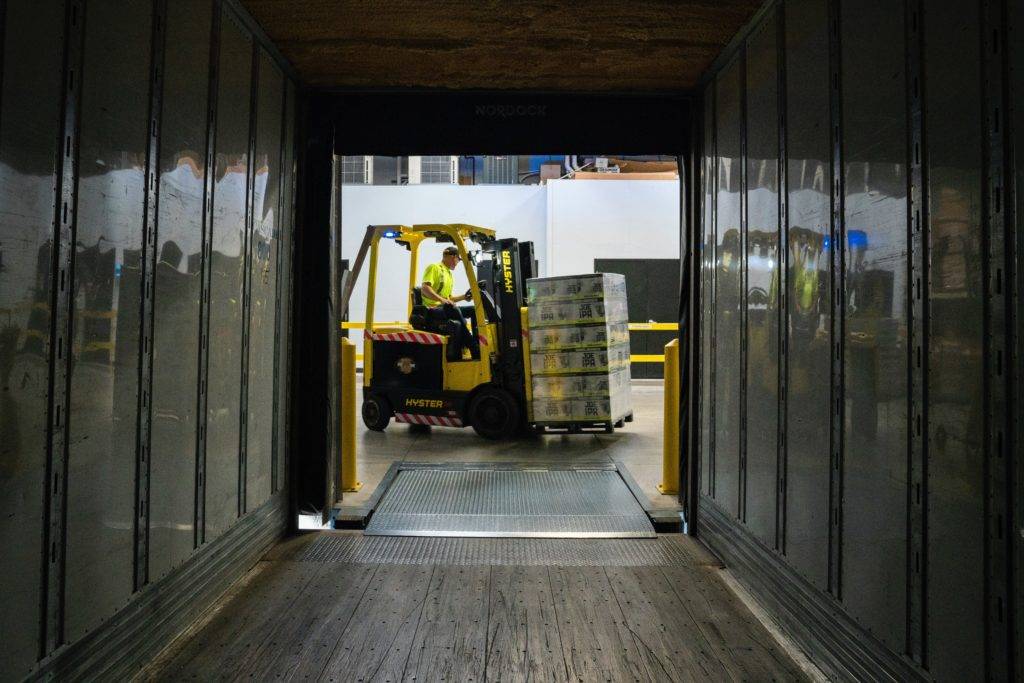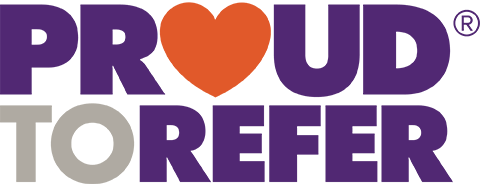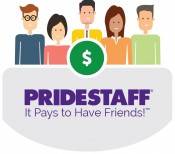To the layperson, it probably looks like forklifts are fun to drive. But a trained forklift driver understands that these heavy machines are much more dangerous than they look. Did you know:
- Forklifts cause 85 deaths every year in the U.S.
- While that may not sound like a lot, another 34,900 workers are seriously injured when using these tools.
- Then there are the 61,800 workers who experience non-serious injuries from forklifts every year.
Forklifts are prone to overturning, and 95 people are injured every single day by these “fun to drive” construction tools. Given these statistics, we thought it would be a good idea to remind forklift drivers of the safety rules to help protect themselves on the job.
Forklift Safety Rules
The first rule of safety for anyone driving a lift in your business is to get them certified in forklift operation. This training will help your teams understand the class of forklifts on your site and their top safe traveling speeds and maximum lift capacities. All of this information and training will help you follow OSHA standards but also keep your workforce a little safer. As an added bonus, if certification can help you keep your worker’s compensation rates down—we’re all for it!
Keep an eye on your teams to make sure they’re always wearing the proper gear when driving a forklift. They should wear hard hats and sturdy safety shoes as well as a high-visibility vest or other outer gear.
Train and monitor your teams. Are they inspecting their equipment each day? Are defects and problems being logged? Is the forklift on a regular schedule of preventative maintenance? Some of the regular checks should include:
- Testing the control features such as the horn, steering wheel, brakes, and lights.
- Checking the mast and overhead guard for any damage or cracking.
- Examining fluid levels for the brakes, coolant, engine, and fuel.
- Checking tire pressures.
- Looking at the forks in the front. Are they straight with no dings or cracks?
- Doing a general once-over to look for any potential hazards such as a fluid leak or a low tire that could lead to a spillover.
Now look at your facility. Does it have a good floor marking system that identifies hazard areas? Yellow tape should flag places where a worker could fall or stumble. Red is for fire equipment, emergency switches, or any fire hazards. Establish clear forklift paths and talk to your teams who aren’t driving the forklifts to raise their awareness of these machines. Non-forklift operators should have their designated travel routes separate from the forklift “highway.”
At PrideStaff, we care about our clients and their workforce. We specialize in providing you with highly qualified teams who can help meet your production goals. Looking to augment your staff this fall? Contact our team to learn the advantages of partnering with PrideStaff Thousand Oaks with your hiring needs.



